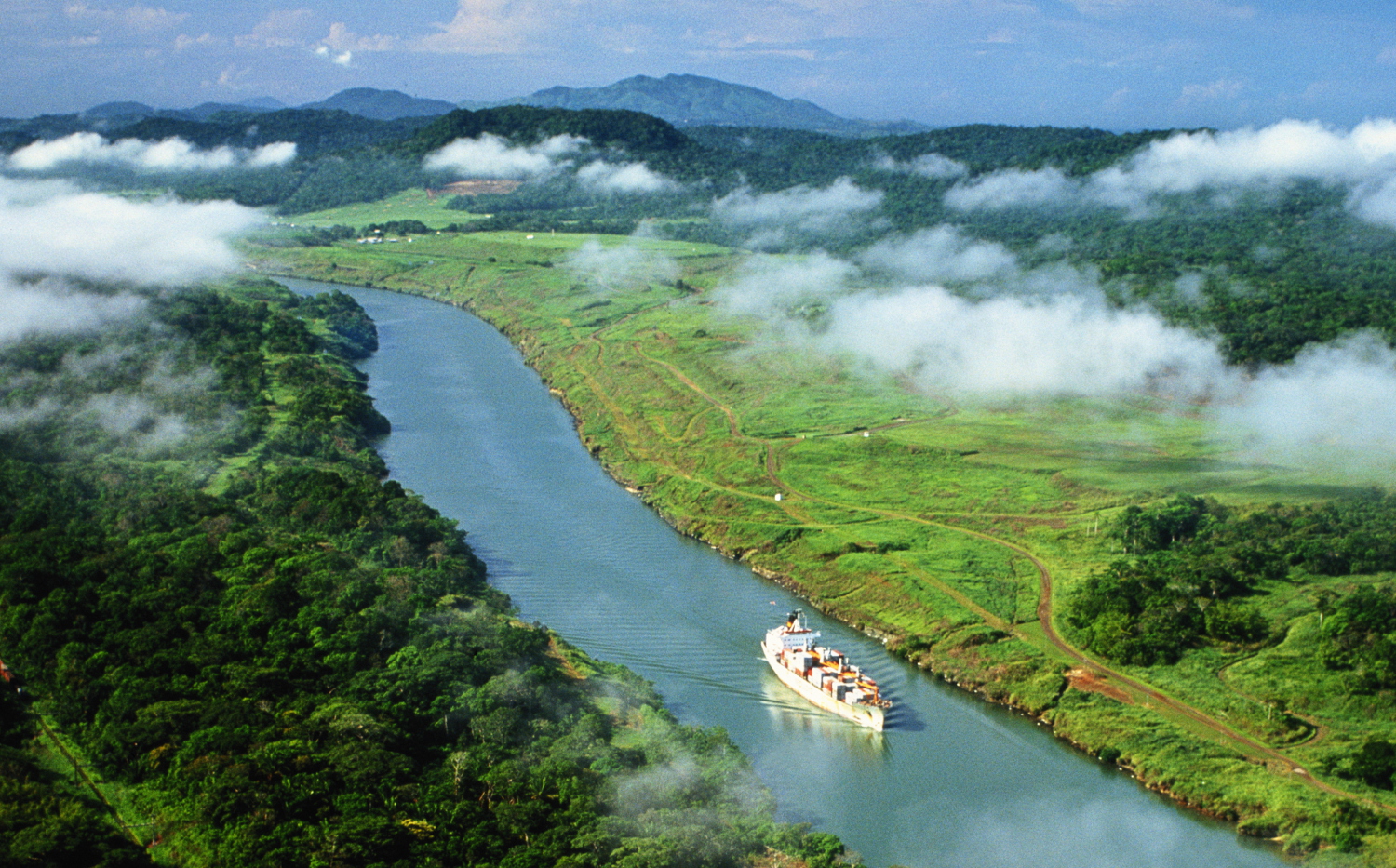
Near the mouth of the canal, the Miraflores Locks Visitor Center makes an excellent jumping off point for exploration. Begin by visiting the locks museum, which chronicles the story of the canal, from the failed French attempt that cost 22,000 workers their lives to the hard-won American success and the handover to Panama in 1999. In the same complex, the open-air observation deck offers prime views of 1000ft ocean liners transiting the locks.
The waterway follows a section of the Chagres River northwards and widens into Gatún Lake, an enormous freshwater reservoir home to a startling rabble of wildlife. Many visitors opt for a Panama Canal transit cruise, but for a more intimate view adventure outfitter Ecocircuitos (www.ecocircuitos.com) offers kayaking as a worthwhile daytrip from Panama City. As you paddle, keep an eye out for sloths, curious capuchin monkeys or howler monkeys crashing through the foliage.
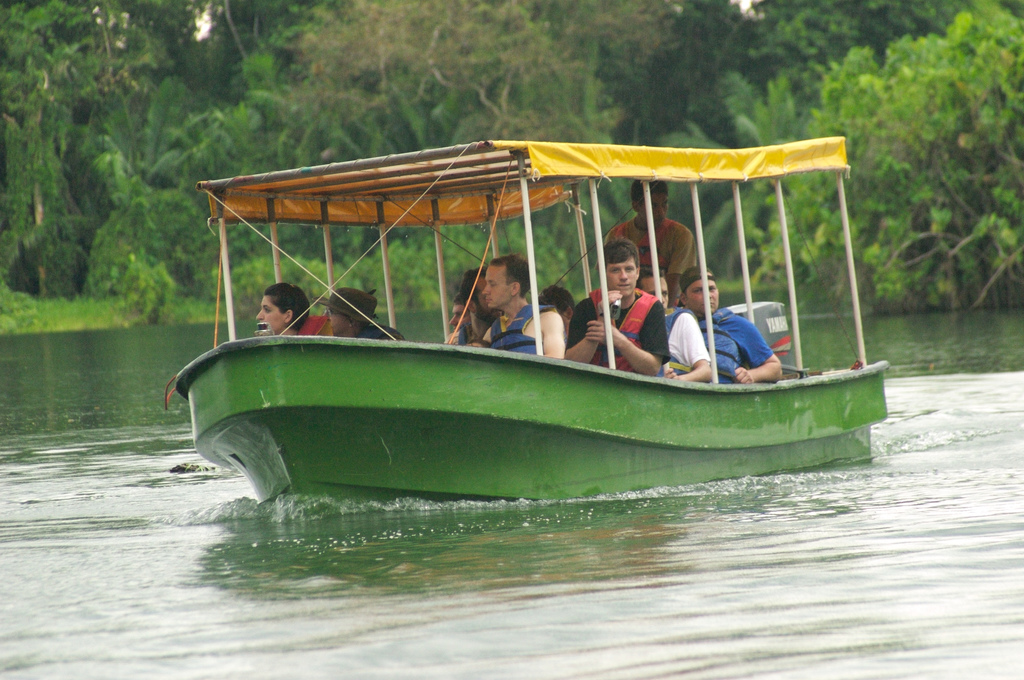
Prized by sport fishers, peacock bass were introduced to Gatún Lake in the 1950s and have since overrun the native species. Fishing does the ecosystem a favor and reel enthusiasts can do their bit by joining one of Panama Canal Fishing’s bass-hunting trips.
Birdwatchers and families will love the Panama Rainforest Discovery Center (www.pipelineroad.org; admission adult/child US$30/4), home to hiking trails, an educational center built with sustainable technology and a 32-meter observation tower with prized views of the toucans and electric blue cotingas. For the best bird watching, set the alarm for the 6am opening time.
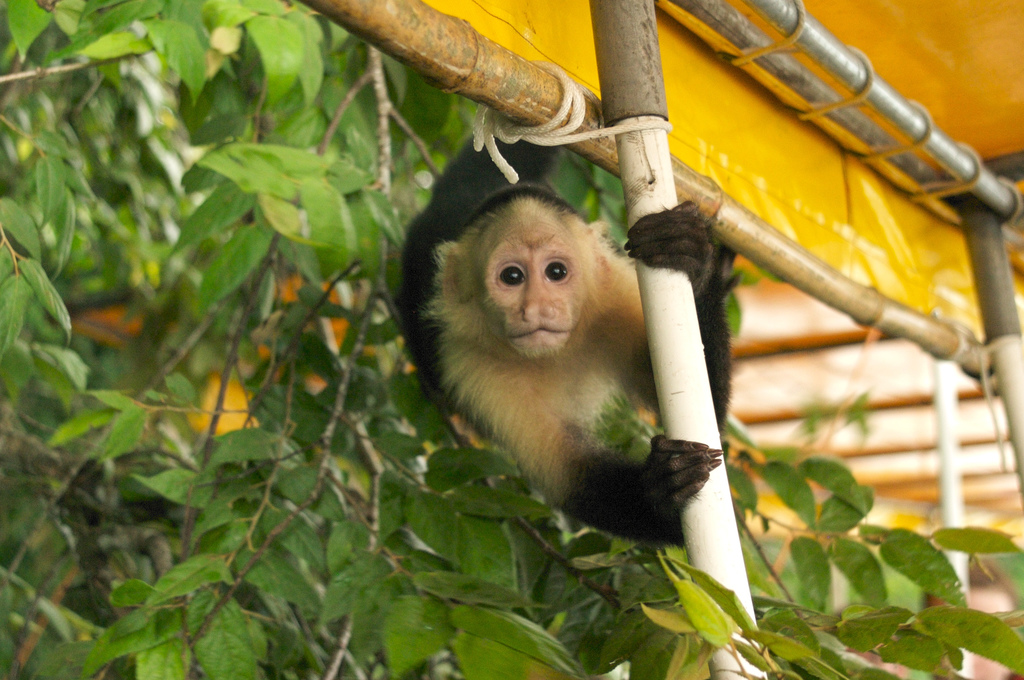
A lush island in the middle of Gatún Lake, Isla Barro Colorado is the most intensively studied area in the Neotropics. Home to 1,316 recorded plant species, 381 bird species and 120 mammal species, the island is also laced with a huge hiking trail network. The Smithsonian Tropical Research Institute (STRI; www.stri.org) administers a world-renowned research facility here. Although the 1500-hectare island was once restricted only to scientists, it has opened to a limited number of visitors as part of a guided tour that should be top of the list for nature enthusiasts. The trip includes a boat ride from Gamboa and lunch. Reservations are essential, as the few daily spots fill months in advance.
Also flying the banners for Panama’s biodiversity, the new STRI-affiliated BioMuseo Panama (www.biomuseopanama.org; adult/student US$22/11) celebrates the Isthmus of Panama as one of the most biodiverse spots on the planet. Years in the making, it’s the first Latin American project from world-renowned architect Frank Gehry, who designed Spain’s Guggenheim Museum. The enormous structure of crumpled multicolor forms evokes both the canopy of the rainforest and the colorful tin-clad houses of the tropics. Exhibits include a six-acre botanical park and an aquarium.
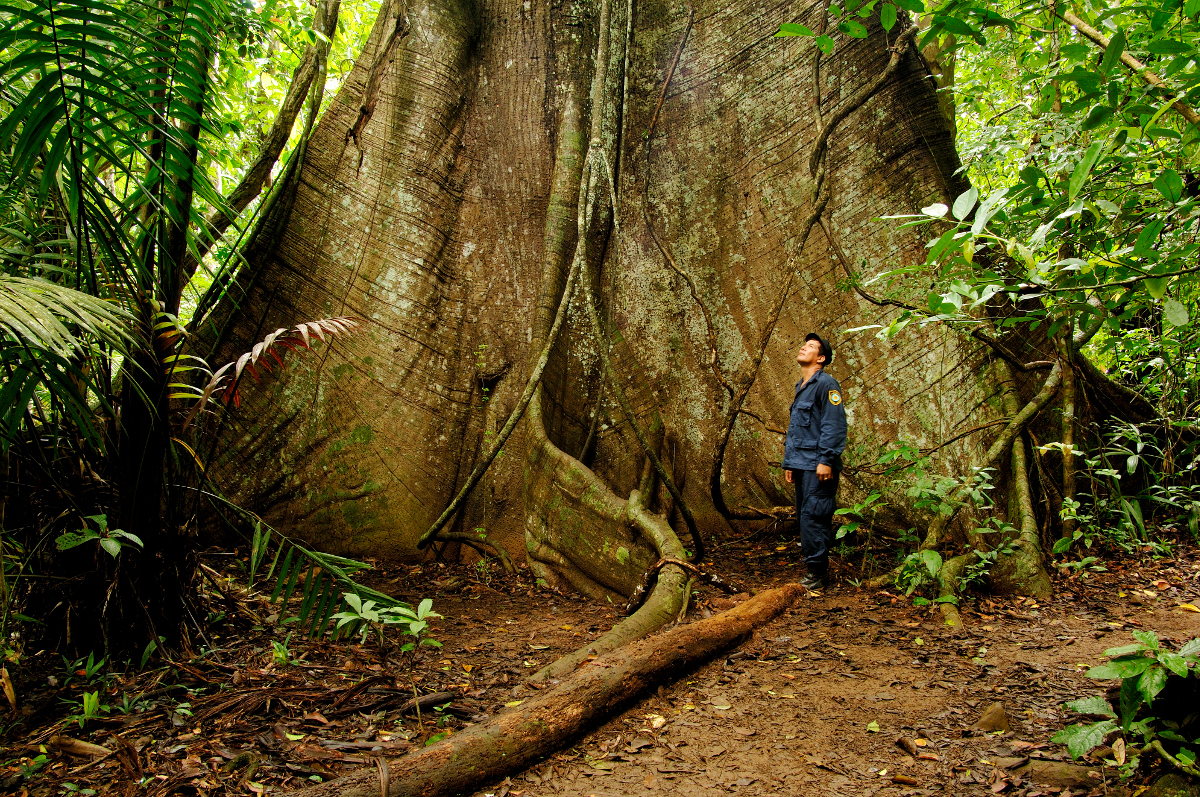
Emberá and Wounaan communities migrated from their ancestral home in the Darien region to the banks of the Chagres River in the 1950s. While both groups have modernized, they still retain rich cultural traditions and are known for exquisite woven handicrafts. Large group tours into these areas can be a disappointment. Those interested in the culture should seek out smaller, lower-impact tours with a focus on interaction. Embera Village Tours (www.emberavillagetours.com) takes visitors into one of these small riverside communities and gives participants the chance to rub shoulders with members of the community through an English-speaking guide who married into the culture.
Panama Canal is an easy day trip from Panama City but it’s equally possible to stay overnight. Jungle Land Panama’s multidecked wooden houseboat on Gatún Lake offers the novelty of an on-the-water jungle retreat where you can gawp at container ships passing by in the distance and be surrounded by the glowing stares of caiman as you drift off to sleep at night. Captain Carl regales guests with local lore, plus there’s swimming, mango-picking and nocturnal safaris into the rainforest.
Alternatively, spend the night in Gamboa – a quiet village of historic three-story canal houses surrounded by verdant vegetation, a 45-minute drive from Panama City. Our favorite bolt hole is Canopy B&B, a stately residence with huge breakfasts and bicycles perfect for cruising the shady neighborhoods.
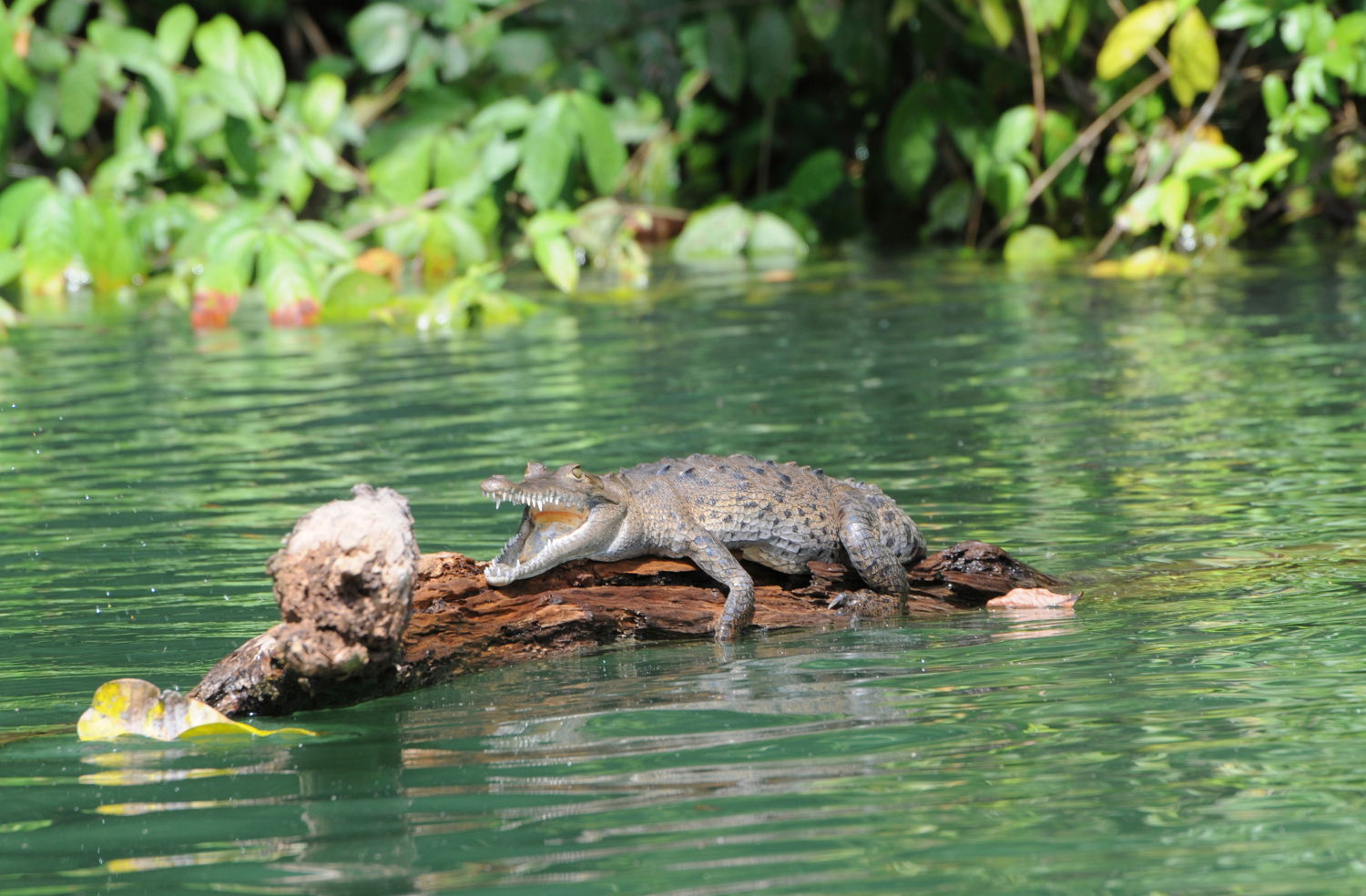
Embracing both tradition and technology is a specialty of Panama, a tiny country where rainforests and skyscrapers live side by side. This spirit is embodied in the annual Cayucos Race where teams, including rank amateurs, race cayucos (traditional wooden canoes carved from a single trunk) the entire length of the canal. The event, held over a three-day period in late August, puts a spotlight on regional conservation.
Tour operators and adventure outfitters provide transport from Panama City. For those traveling independently, the closest landmarks of the canal are a short half-hour drive from the capital. To visit Miraflores Locks, take a taxi or any Paraíso or Gamboa bus from the Albrook Bus Terminal in Panama City to the turn-off. From here, the visitors’ center is a 15-minute walk.
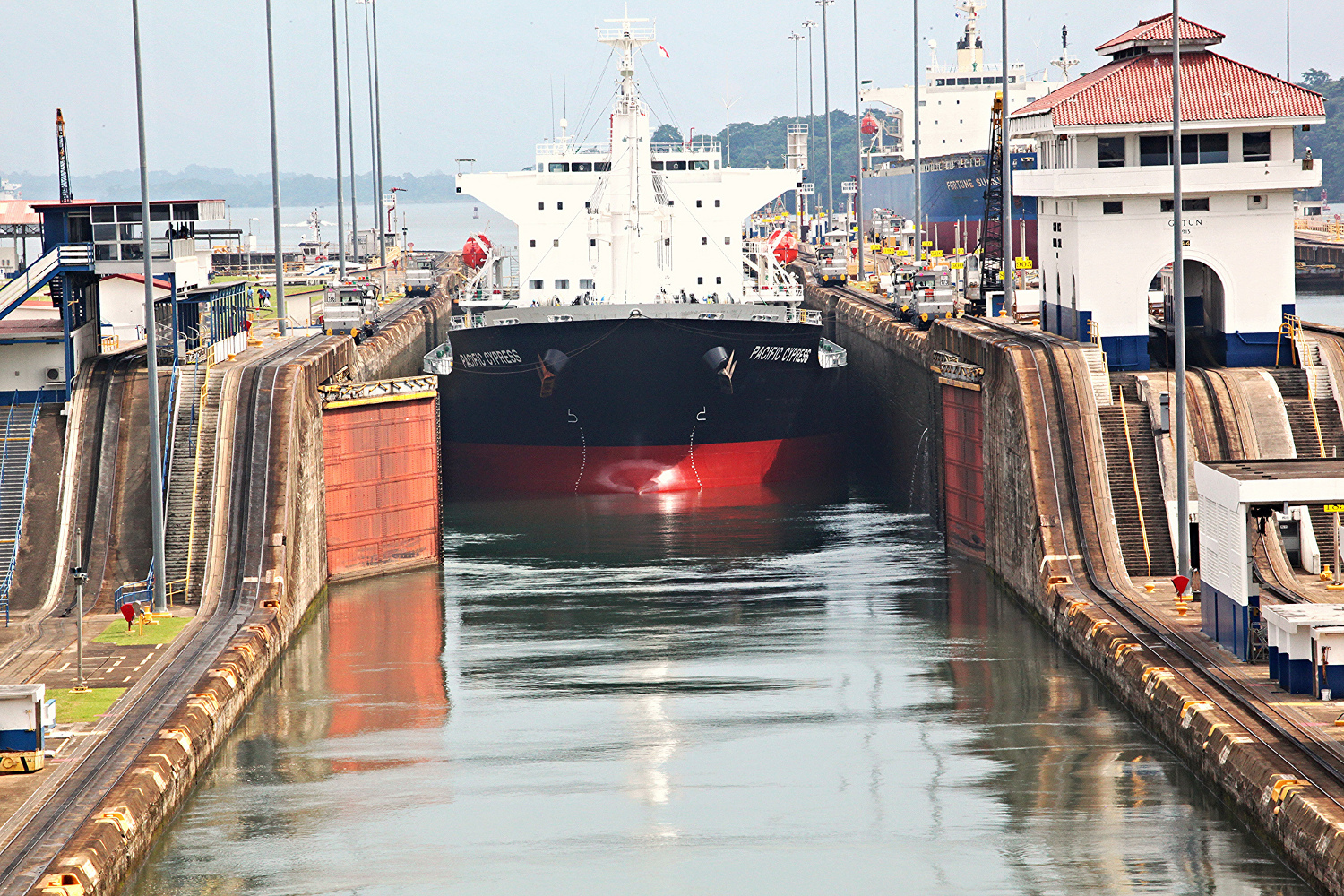
Buses to the Gatún Locks leave hourly from the bus terminal in the Atlantic coast city of Colón, one hour from Panama City. Take a taxi instead if you wish to stop by the Gatún Dam 2km away. Within the Gatún complex, you can also visit the Expansion Observation Center, which overlooks the new locks under construction.